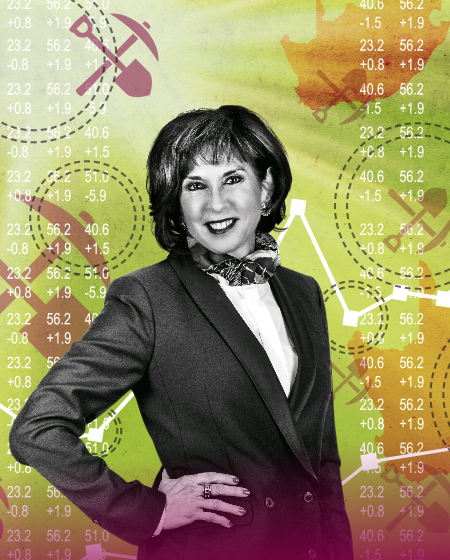The development of the SA economy was driven by activity in the extractive industry. Such activity was also the catalyst for the development of the JSE – the initial raising of equity for mining exploration is what really got the exchange started. This evolved over time, and once there was proof of reserves through the exploration phase, equity was raised for the production phase. So our exchange and its history is very much linked to the development of extractive industries in SA.
We then moved from the mining sector into the industrial, and companies such as SABMiller listed on the JSE. SABMiller was actually one of the first industrial companies to list.
With that, a market accustomed to raising capital for exploration and production developed over the years, and as the assets of non-banked financial institutions were almost twice the size of the assets of the banking sector, it was clear that there was a sizeable pool of liquidity in the capital market structure to support capital raising in mining.
This has continued over the years and throughout the commodity boom supercycle. During that entire time, the mining sector was a very significant component of the JSE in terms of its market cap and trading activity. It became a bedrock of our economy. However, as the economy has grown and diversified, other sectors, such as retail, real estate and telecoms, have displayed growth that was faster than that of the extractive industries, resulting in the relative share of mining being reduced.
To give a better sense of change in market capitalisation, between 2011 and 2015 the JSE’s market cap went up by 60%. Overall, the JSE went from R7.1 trillion to R11.3 trillion in 2015. The mining sector shed 43% market cap during the same period, dropping from about R2 trillion to R1 trillion. This was because sectors such as retail, real estate and telecoms outpaced its growth. Recently, some of that has been because of the stage of the cycle we are currently in. We came out of a big supercycle for commodities, much of which was led by China and India.
Commodities are in a bear cycle now, and this is coming through in share prices. It does, however, reflect the overall global economic cycle. Mining is now the third-largest sector in terms of market cap. It is, however, still important and has just been diluted by faster growth in other parts of the economy. That said, we have seen some very interesting developments in the mining sector of late, such as the listing of Zambezi Platinum. So there are still opportunities out there.
Currently, there are 58 listed mining companies, down from 61 about five years ago. If you consider that there are close to 400 companies listed on the JSE, the importance of mining to the exchange is clearly evident. I would say that for companies raising capital in mining, SA has one of the best investment ecosystems in the world.
Our investors know and understand the resources sector. Also, our brokers and analysts who cover these stocks in the brokerage houses are very knowledgeable about mining, and are rated very highly on a global basis. The ecosystem in SA around this sector is on par with any in the world. It is a very competent and sophisticated ecosystem with a promising future.
Donna Oosthuyse
Director: Capital Markets JSE
January 2016
Image: Matina Steyn









